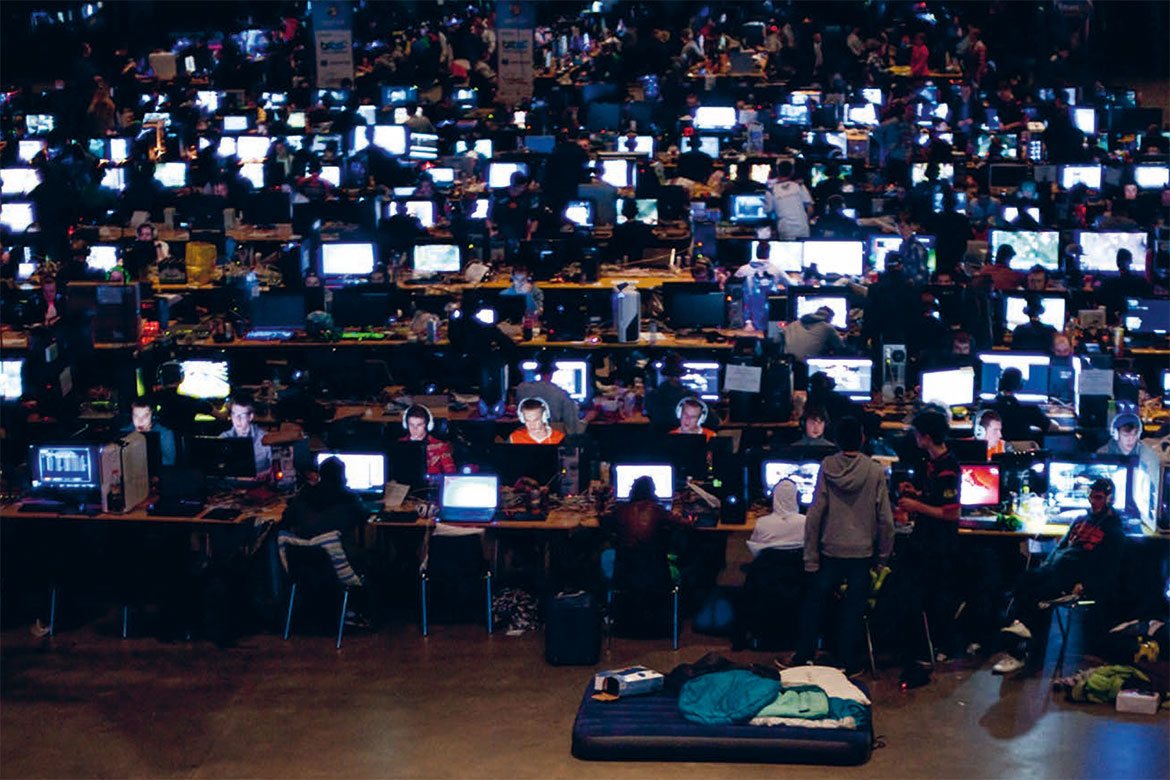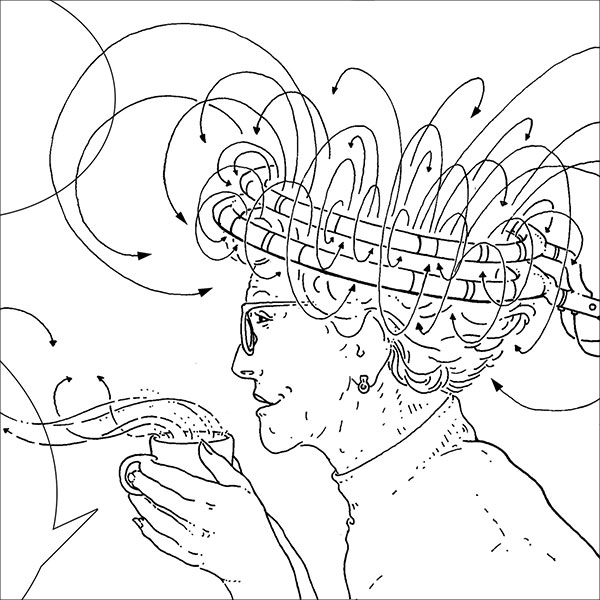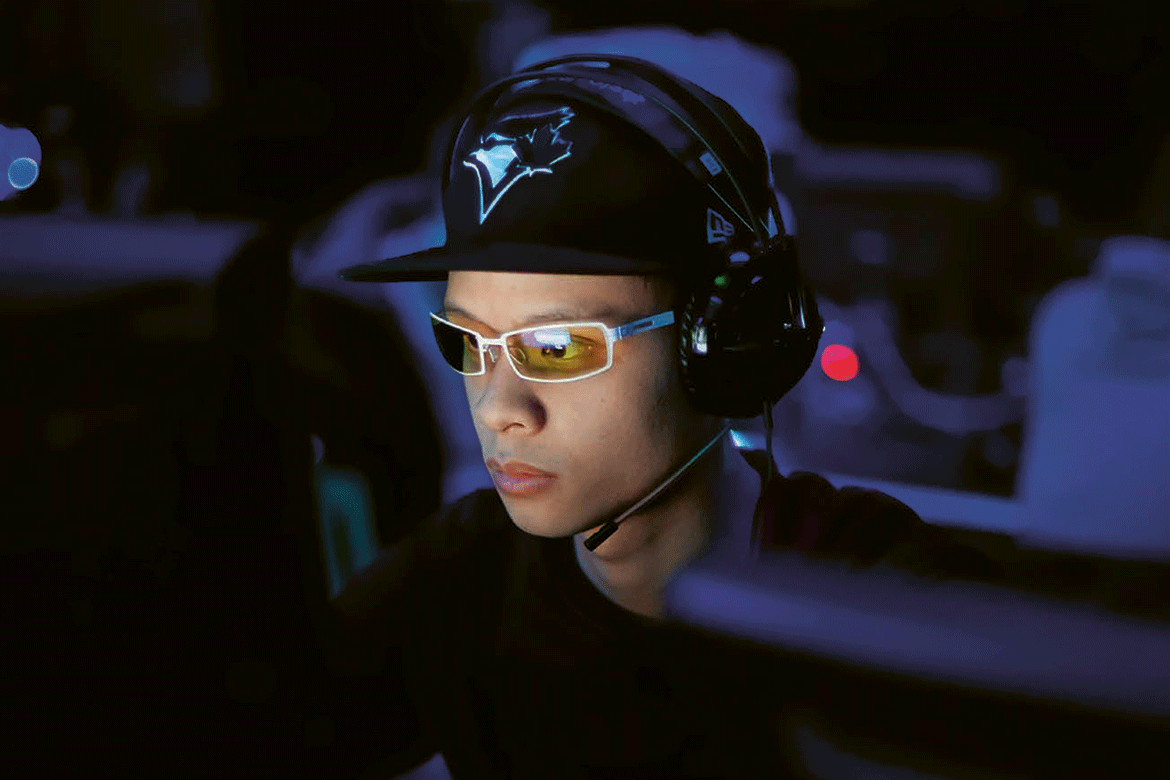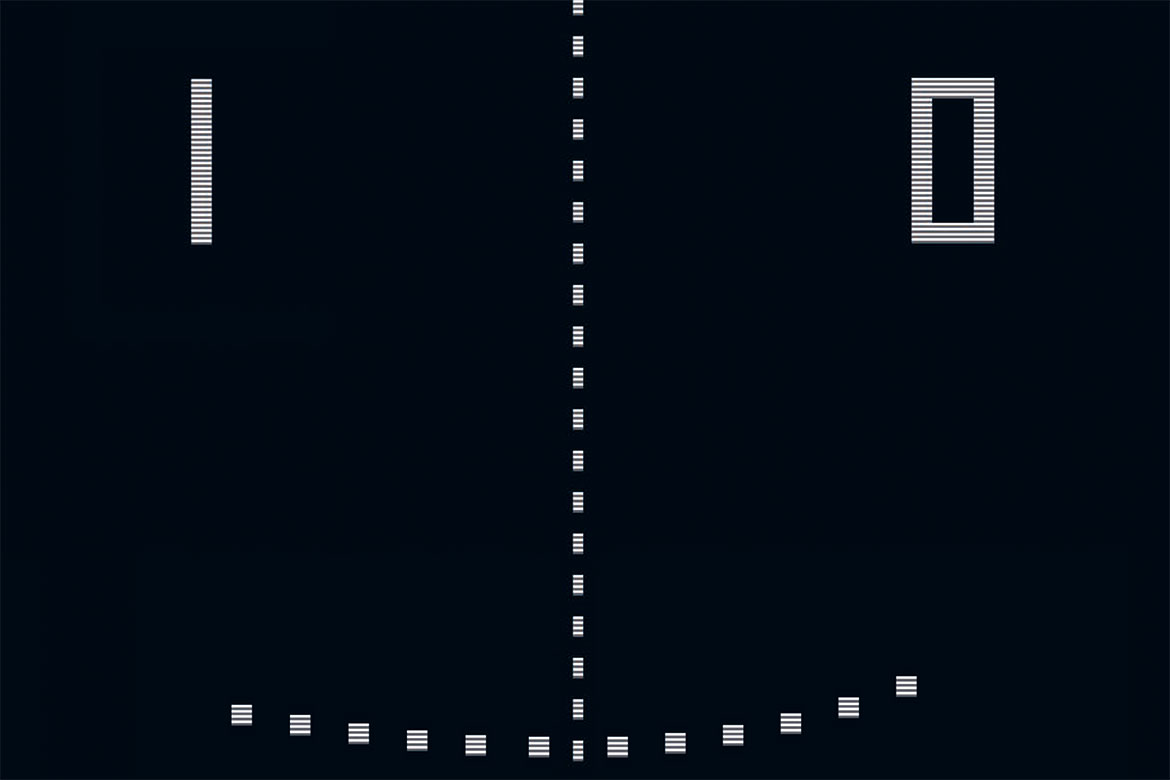Gamers can solve science problems
With the game ‘Foldit’, computer game players successfully folded proteins and thereby helped the advancement of science. How have these special citizen-science research methods progressed in the past 10 years?

Image: Shana de Neve
Video game players have solved a 15-year-old puzzle by describing the structure of an HIV envelope protein, and it got them their names on the author list of the specialist journal Nature. But all they’d actually done was to try and score as many points as possible in the computer game ‘Foldit’. It was the first scientific computer game to go online, and it’s all about discovering the correct three-dimensional form of proteins.
The background is this. Proteins control almost all processes of life – whether in microbes or in humans. But they can only do this if their long chains of amino acids – sometimes several hundred of them – fold into a specific three-dimensional shape. This shape also determines the point of attack for medicines. Scientists can figure out the sequence of these amino acids relatively easily. But predicting the three-dimensional form of a protein has up to now been almost impossible. The interactions between the amino acids are just too complex. That’s why researchers sometimes work for years to explain the folding of certain proteins.
Humans beat the machine
David Baker is a leading protein researcher at the University of Washington in Seattle. Back in the 2000s, he realised that people can solve three-dimensional problems better than computers. In order to bring the human mind into play, he sat together with his colleague Zoran Popovic and his team of computer scientists, and they went on to develop ‘Foldit’. Over the years, 500,000 people have registered to play the game.
Bruno Strasser is a professor of science history at the University of Geneva, and he’s been researching into computer games. “Foldit isn’t just a scientific success”, he says. “Above all, it was a surprise to learn that there are actually people keen to spend their free time working for science”. Foldit was thus one of the very first ‘citizen science’ projects. “Foldit quadrupled the number of people in the world who are active in protein research”, says co-inventor Zoran Popovic. “The Internet is a superhighway of possibilities for people who were excluded from academic science up to now”.
If you look at the complicated procedures that you need to master in order to play Foldit, you quickly realise that you have to learn a lot to be a success at it. “The game showed that even people outside academia can acquire enough knowledge to participate in specialist discussions”, says Strasser.
The Foldit graphics are reminiscent of diagrams in chemistry books and don’t look much like fun: all the excitement seems to lie in a small red star that jumps backwards and forwards in a jumble of branches and spirals. If you use your mouse to move the amino acids, more stars can appear. This means that the side branches of the amino acids are too close together and are getting in each other’s way. The protein couldn’t be folded that way in real life.
The Foldit interface looks rather ‘nineties’ in design, and the people that play it have also got older. Many are today over 50. Of the registered users, only a few hundred are still active. New players usually belong to a circle of experts. “Foldit isn’t as exciting as shooting zombies”, says Strasser. “It’s very difficult to build up a community of players around a relatively boring game”.
Joining an existing game
It’s for this reason that the start-up ‘Massively Multiplayer Online Science’ (MMOS) in the canton of Valais is forging an interesting new path. This Swiss IT company has made two additions to the multi-player Internet role-playing game ‘Eve Online’, which is a space flight simulator without any scientific aspirations. First, players can now investigate microscopic pictures of coloured cells to look for any obvious changes in them. Secondly, they can assess satellite data in order to discover new planets. Both these additions run under the name ‘Project Discovery’, and the players can generate rewards with them that they can then use in the normal role-playing game. Eve Online has 500,000 registered users, of whom some 40,000 are online at any one time.
Scientific research questions are thus being shared with a giant, already existing community. This is a very promising idea, because the difficult step is always to entice enough players into a game and to keep them playing long enough to be able to solve a scientific project through gaming.
Meanwhile, there are several hundred scientific games today, whose fields range from astronomy to climate research and entomology. Many have appealing graphics, and some of them are animated.
Retirement-age gamers
One of the scientific computer games with the most players is Eyewire. It has 250,000 registered users, with 1,000 active players in December 2017. It was developed at the Massachusetts Institute of Technology, and its success probably lies not least in its having been designed as far as possible to be an actual video game. It’s meant to be fun, and features both fictional characters and modern graphics. The goal of Eyewire is to map the course of nerve cells in the retina of the mouse. To this end, the players are assigned ‘dice’ with cross-sectional images of the retina that have been made with electron microscopes. The players use these two-dimensional photographs to reconstruct three-dimensional images of the tangled nerve cells.
One of the most successful Eyewire players is Susanne Reber-Leutenegger (@susi) from Sissach near Basel, who’s 68 years old. She recently reached 30 million points. Only one other player has achieved a higher score, @Nseraf. “The game is very satisfying”, she says. “I’ve found a new purpose in life by becoming part of a scientific project again”. She’s also made new friends. Having contact with younger people in the Eyewire community helps her to keep feeling youthful.
Susanne is above retirement age, but still has a part-time job as an accountant, which she calls her ‘second’ career. Her ‘first’ career had begun when she completed a doctorate in biology on the microscopic structure of unicellular organisms in the sea. Back in the 1970s, when she was studying biology, she worked on a 3D-reconstruction of an amphibian brain. “Back then we didn’t have any help from computers – you did everything by hand. Eyewire is a kind of third career for me that’s linked up with my first”.
Reber-Leutenegger is an exception, however. Most players are men. The best-researched game is Foldit, and there some 90 percent of the players are male. Eighty percent are also active professionally as scientists, engineers or IT specialists. “There are only a few players whose careers have nothing to do with science or computers”, says Bruno Strasser. “So we should be cautious about claiming that citizen science is bringing about a democratisation of science. Not everyone can do research, and not everyone wants to”. It would also be an exaggeration to regard people playing scientific computer games as if they were really ‘scientists’: “They help us with knowledge production, but are more like technicians with special abilities”, says Strasser. “Science is much more – especially when it’s a matter of developing new research fields”.
But there are initial signs that citizen science is making a difference here too. In Mapping for Change at University College London, amateurs can decide which air pollutants should be measured in which places in Great Britain. Those who supervise measuring stations reliably can get reward points – almost like in a computer game.
MOZAK 2017
- 400 active players / 3,000 registered players
- University of Washington
Players follow the paths of neurons and create 3D models of them. The goal is to create a neuron map of the brain.
DECODOKU 2016
- 50 / 3,000
- University of Basel
- 1 publication
Players solve number puzzles. The solution strategies they develop might in future help to correct errors in quantum computers more efficiently.
PROJECT DISCOVERY 2016
- 37,000 / 320,000
- MMOS Monthey
Players localise proteins in cells and assess satellite data on exoplanets.
BIG BELL TEST 2016
- 100,000 (one-off)
- Barcelona Institute for Science and Technology
- 2 publications
In a one-off experiment, participants in a video game generated chance sequences of zeros and ones that were used in experiments in quantum physics.
QUANTUM MOVES 2012
- 12,000 / 250,000
- University of Aarhus
- 1 publication
By cleverly moving graphic depictions of atoms, real atoms can be better manipulated in research into quantum computers.
ETERNA 2010
- 500 / 100,000
- Carnegie Mellon and Stanford
- 11 publications
Participants develop three-dimensional models of RNA molecules – the best are then made and their characteristics compared with predictions.
EYEWIRE 2012
- 1,000 / 250,000
- MIT
- 1 publication
Using a series of two-dimensional cross-sections of a mouse retina made by electron microscopy, players can create three-dimensional models of the neurons in them.
FOLDIT 2008
- 500 / 500,000
- University of Washington
- 3 publications
Players fold three-dimensional models of proteins.




